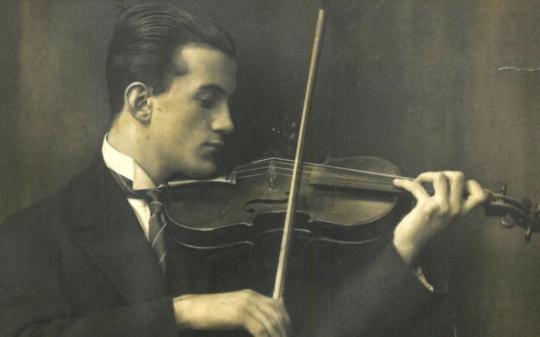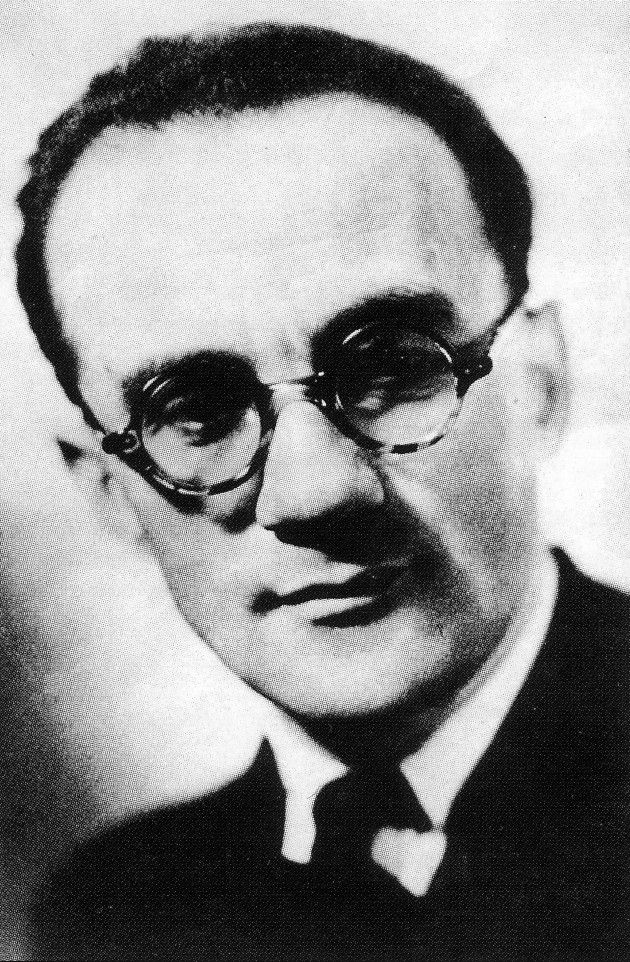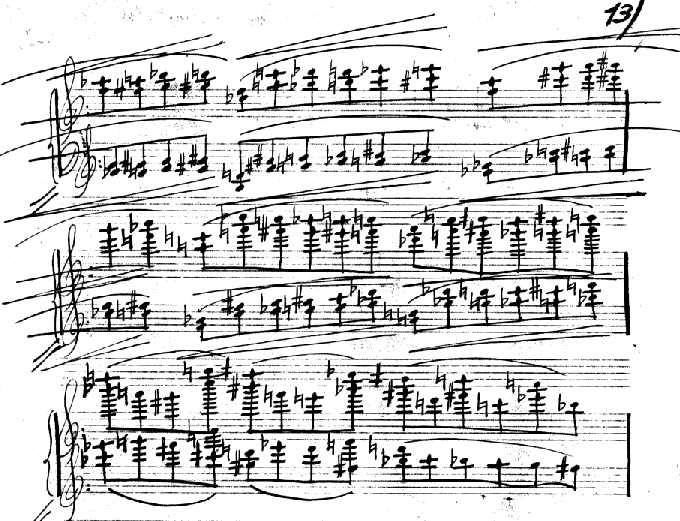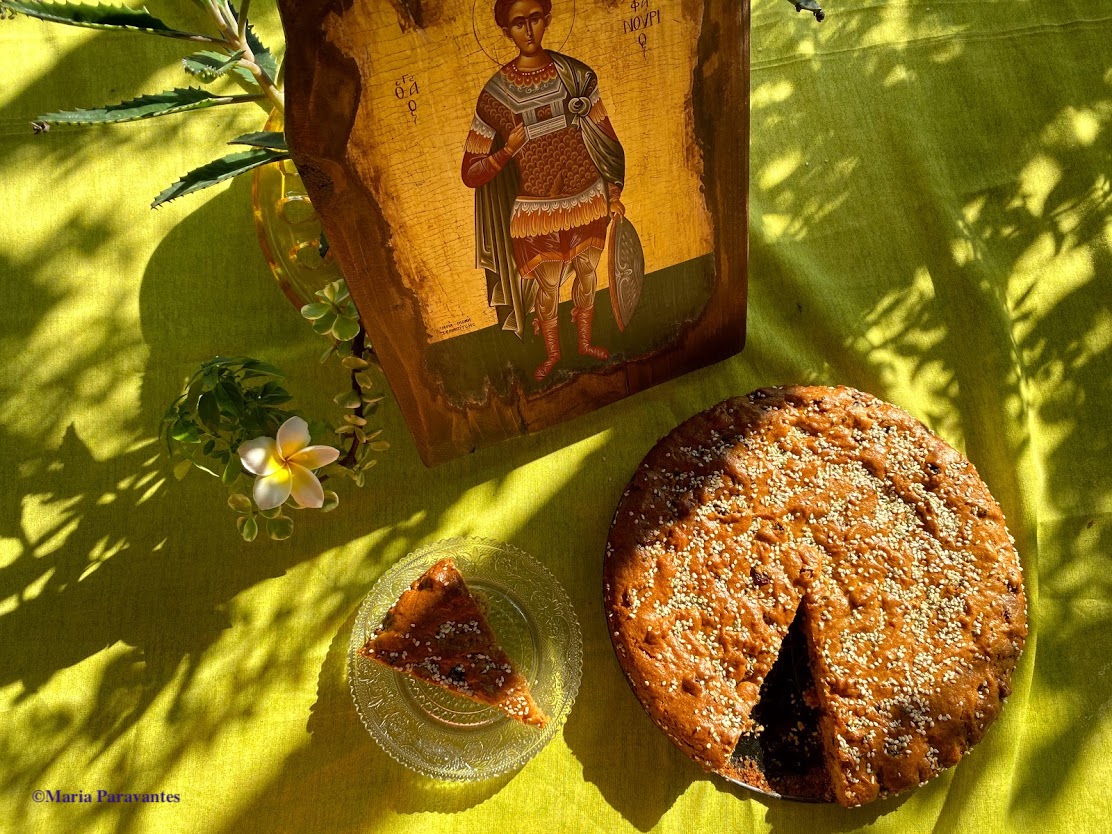
Despite leaving behind an impressive body of some 170 works (in handwritten manuscripts), very few have come to enjoy the spotlight – something which saddened him greatly.
Skalkottas ’36 Greek Dances’ & More

An exceptional violinist, Nikos Skalkottas is mainly praised for his innovation and imagination allowing him to compose works so diverse and multifaceted that very few soloists, recordings and interpretations have managed to tackle the layers and dimensions of each work as audiences remain at a loss.
♪ Concertino in C major for piano and orchestra
Chamber music, symphonic, instrumental and vocal works, ballets, 12-tone, atonal, and tonal works, concertos and sonatas, make up the bulk of his creations which for the most part went unheard and even more so uncomprehended.
Among these, his most famous – 36 Greek Dances composed for orchestra – was inspired by the Greek demotika folk music tradition. Skalkottas turned to the centuries-old works for inspiration, crafting original compositions that allude to the sounds of the Greek island and mainland traditions yet remaining thoroughly unconventional.
♪ A taste of one of the Greek Dances series, the Epirot II in G minor
♪ Here a lyrical work titled “The Trawl” (I Trata), an excerpt from the folk ballet “The Sea” (1949).

Born in the seaside town of Halkida on the Greek island of Evia in 1904, Skalkottas completed his studies with honors at Athens Odeion (Conservatory) in 1920. He then moved to Berlin to continue under the tutorship of Willy Hess as well as avant garde artists like Kurt Weill, Philipp Jarnach and Arnold Schoenberg. Three years later, he decides to dedicate himself to composition.
Skalkottas returned to Greece 12 years later with no intention to stay but is forced to after his passport was confiscated for avoiding mandatory military service. Unable to leave, a large body of his works in Berlin is left behind. To add insult to injury, any effort to promote his music is futile. His innovative style is far ahead of the times.
As a result, he suffers a nervous breakdown, is left penniless and yet continues to compose music with over 100 works penned in a decade (1935-1945). In order to survive and until his death, Skalkottas plays second violin in local orchestras and works at the Folk Music Archive.
►Maria Callas: Larger than Life
The 4 Ss’: Schoenberg, Stravinsky, Skalkottas & Shostakovich
Besides the unconventionality of his music, Skalkottas’ works failed to gain the interest of his compatriots due in great part to the historical circumstances of his time. He lived and composed between two World Wars. Greece was ravaged and very poor. There was very little space for classical music to grow.
♪ Here the “Hostianos” from the same series of Greek Dances, with another great Greek, maestro Dimitri Mitropoulos conducting the New York Philharmonic in 1956.
Skalkottas dies on September 19, 1949 at the age of 45.
Like many of Greece’s gifted children, the great composer was recognised for his musical genius after his passing, not only in Greece but worldwide, with music experts saying that he made one of the greatest impacts on things to come. So much so that in the words of Austrian-born musicologist and critic Hans Keller, he is one of the 20th century’s leading composers: one of the so-called ‘four Ss’: Schoenberg, Stravinsky, Skalkottas and Shostakovich.
►Dimitri Mitropoulos: Music’s Humble Giant
It is sadly true, that Greece has repeatedly rejected some of its most illustrious artists. And yet, this tiny land of 11 million people, enslaved for the most part of the Enlightenment when Europe was free to cultivate art, has offered the world some of the most brilliant names in the classical music genre, including the immense Maria Callas, Ianni Xenakis, Nikos Skalkottas, Manos Hadjidakis, Mikis Theodorakis, and of course, maestro Dimitri Mitropoulos, to name but a few. All of them from a homeland that could never offer them any guidance in their growth and yet served as the greatest muse of all.
♫ The great Dimitri Mitropoulos conducts the New York Philharmonic in Nikos Skalkottas‘ first Greek dance “Peloponnisiakos“, which he penned in 1932.
Enjoy!
Enjoyed this Post? Share and Pin it!


